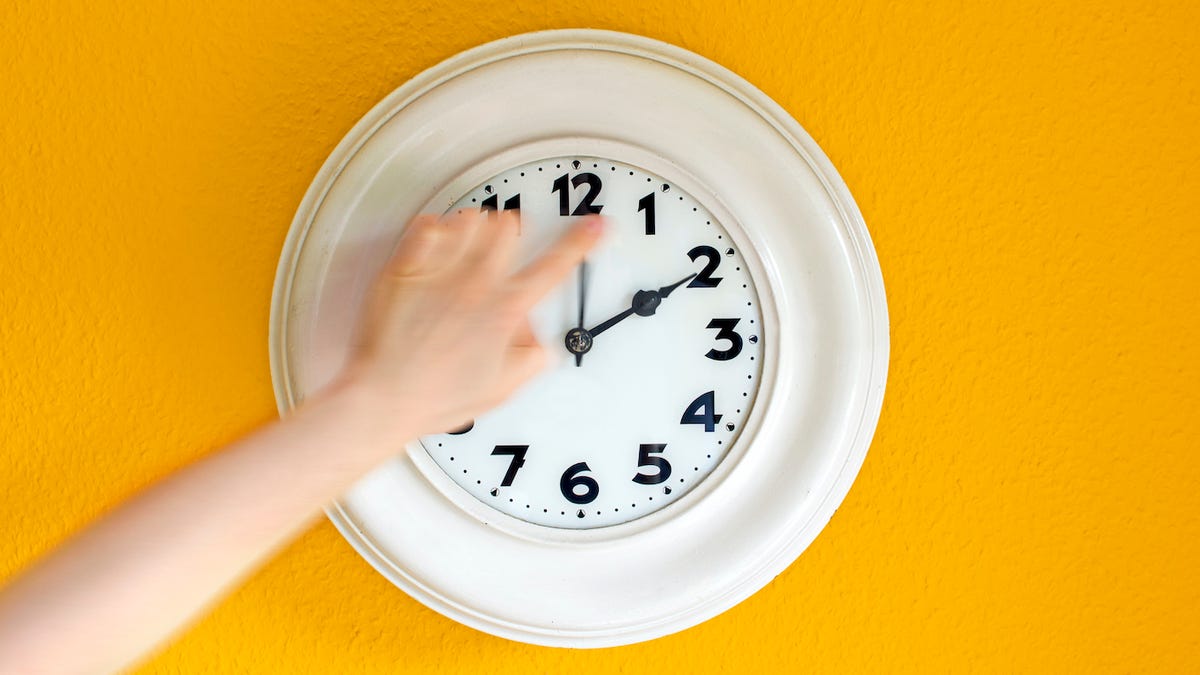Why parents should be thinking about daylight saving time now
Doctors say now is the time for parents to begin building routines with their kids to help them adjust to the time change.
This weekend, the clocks for millions of Americans will “fall back,” gaining an hour of sleep as daylight saving time comes to an end.
Daylight saving time will begin again for 2024 in March, when we set our clocks forward and lose an extra hour of sleep.
The time adjustment affects the daily lives of hundreds of millions of Americans, prompting clock changes, contributing to less sleep in the days following and, of course, earlier sunsets.
Those disruptions may have contributed to public sentiment souring on the time change in recent years, but legislative moves to do away with daylight saving time have stalled in Congress.
Here’s everything to know about daylight saving time.
What is daylight saving time?
Daylight saving time is the time between March and November when most Americans adjust their clocks by one hour.
We gain an hour in November (as opposed to losing an hour in the spring) to accommodate for more daylight in the mornings. When we “spring forward” in March, it’s to add more daylight in the summer evenings. In the Northern Hemisphere, the autumnal equinox was Sept. 23, marking the start of the fall season.
When is daylight saving time 2023?
Daylight saving time will end for 2023 on Sunday, Nov. 5 at 2 a.m. local time, when our clocks will go back an hour, part of the twice-annual time change that affects most, but not all, Americans.
When does daylight saving time begin in 2024?
In 2024, daylight saving time will begin at 2 a.m. local time on Sunday, March 10, and end for the year at 2 a.m. on Sunday, Nov. 3.
Is daylight saving time ending permanently?
The push to stop changing clocks was put before Congress in the last couple of years, when the U.S. Senate unanimously approved the Sunshine Protection Act in 2022, a bill that would make daylight saving time permanent. Although the Sunshine Protection Act was passed unanimously by the Senate in 2022, it did not pass in the U.S. House of Representatives and was not signed into law by President Joe Biden.
A 2023 version of the act has remained idle in Congress as well.
Is daylight saving time ending in 2023? What to know about proposed Sunshine Protection Act
Does every state observe daylight saving time?
Not all states and U.S. territories participate in daylight saving time.
Hawaii and Arizona (with the exception of the Navajo Nation) do not observe daylight saving time, and neither do the territories of American Samoa, Guam, the Northern Mariana Islands, Puerto Rico and the U.S. Virgin Islands.
Daylight saving time: Why some Americans won’t ‘fall back’ in November
Because of its desert climate, Arizona doesn’t follow daylight saving time. After most of the U.S. adopted the Uniform Time Act, the state figured that there wasn’t a good reason to adjust clocks to make sunset occur an hour later during the hottest months of the year.
The Navajo Nation, which spans Arizona, Utah and New Mexico, does follow daylight saving time.
Hawaii is the other state that does not observe daylight saving time. Because of its proximity to the equator, there is not a lot of variance between hours of daylight during the year.
What do we ‘save’, really?: Hint: it may not actually be time or money

